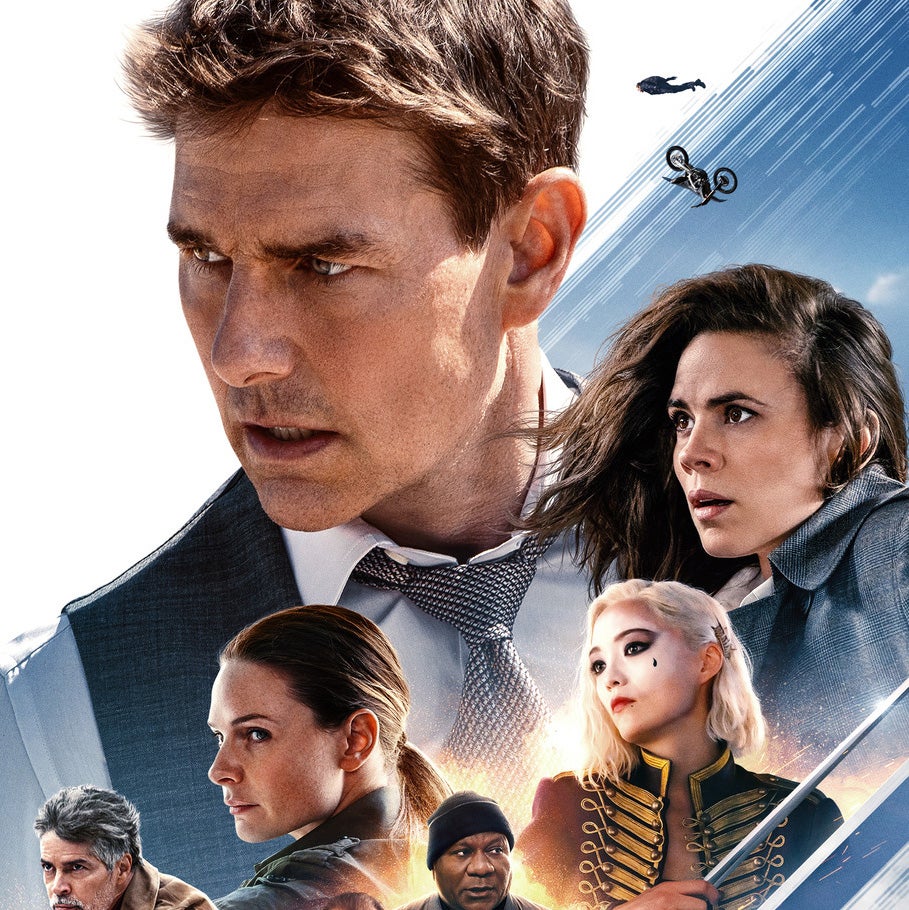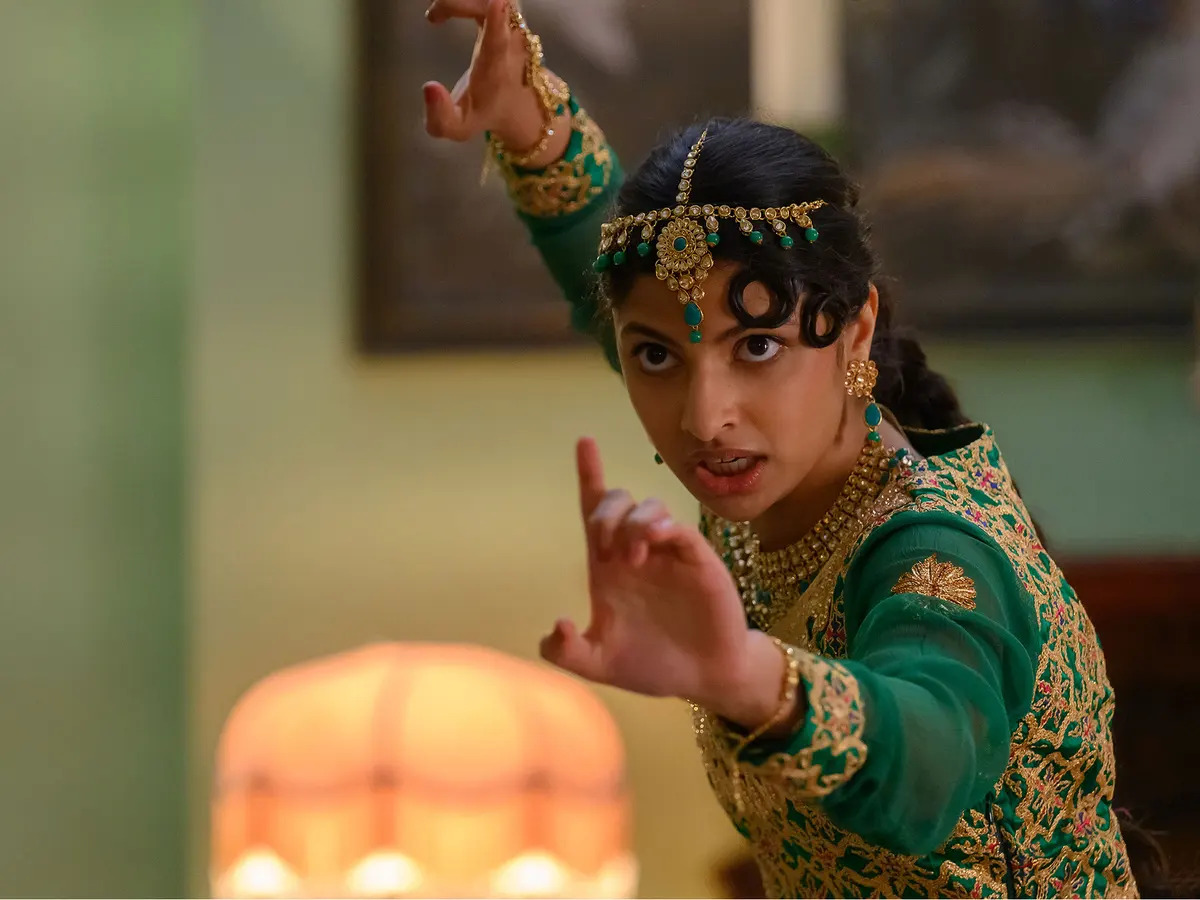A Home at the End of the World
Posted on July 25, 2004 at 3:16 pm
B| Lowest Recommended Age: | Mature High Schooler |
| Profanity: | Very strong language |
| Nudity/ Sex: | Explicit sexual situations and references, gay and straight |
| Alcohol/ Drugs: | Drugs, cigarettes, and alchohol, including drug use by child and teens |
| Violence/ Scariness: | Character killed in accident, other characters die, sad and tense scenes |
| Diversity Issues: | A theme of the movie |
| Date Released to Theaters: | 2004 |
The Hours author Michael Cunningham has adapted his earlier novel for the screen and the result is admirable, respectable, but not completely successful. The book is the internal musings of the four main characters. What made it work was the beauty of Cunningham’s language. It is touching and illuminating, and even poetic, but that does not make a movie.
What’s left to put on film is the outlines of the story. Despite performances of great delicacy and insight it dissolves into soapiness without the lyrical and meditative prose to provide context and texture.
Bobby is a boy who loses his whole family. The older brother he adored is killed in an accident. His mother and father are so shattered that they become emotionally remote and both die before he graduates from high school.
Bobby meets Jonathan, the only child of Ned (Matt Frewer) and Alice (Sissy Spacek). They become close friends, sharing music, drugs, and some fumbling sexual encounters. Bobby is taken in by Jonathan’s family after his father dies, and years later, after Jonathan has gone to college and stayed on in New York, Bobby (now played by Colin Farrell) is still living with Ned and Alice. When they move to Arizona, Bobby goes to New York to stay with Jonathan (Dallas Roberts) and his roommate, Claire (Robin Wright Penn).
Jonathan is gay. He and Claire have one of those hip, funky Manhattan, Will and Grace, can’t-live-without-him-but-can’t-have-sex-with-him-even-though I’m-dying-to-have-a-baby, perfect friendships. Bobby is sweet, innocent, and open-hearted. Jonathan and Claire, who have none of those qualities, are surprised when he finds a way to fit in with them, possibly even to complete them. Claire seduces Bobby. Jonathan, who still loves Bobby, feels left out. When Claire becomes pregnant they decide to invent a new kind of family for themselves in a big old house in the country, a home at the end of the world.
Instead of holding it together, the grounding provided by top-notch performances makes the story seem episodic and superficial by contrast and some of the cinematic touches are heavy-handed. Farrell struggles with the double handicaps of having to play a character who is a bit of a blank and doing so in a truly atrocious wig, but he manages to capture Bobby’s simplicity without making him seem simple-minded. But Roberts especially is revelatory. Just the way he enters a room or holds his head shows tremendous sensitivity and insight and his every glance is filled with delicate eloquence. First-time director Michael Mayer may put too much faith in the ability of some overused and slightly cheesy music to make his points, but Roberts gets us as close as possible to the depth of understanding in Cunningham’s novel.
Parents should know that the movie has extremely mature material. Characters drink, smoke cigarettes and marijuana, and take LSD, including a teenager who gives his young brother LSD and a mother who smokes marijuana with her son. A character is killed in an accident and other characters die offscreen. Characters use extremely strong language and there are explicit and graphic sexual references and situations, both heterosexual and homosexual. There are tense and sad scenes.
Families who see this movie should compare the families we are born into to the families we create for ourselves. Why does Bobby say that “we are all beautiful and lonely here?” People in this movie have a hard time knowing who they are. Claire says, “What if I’m not this unusual?” Jonathan offers to switch places in his family with Bobby. Claire tells Bobby that he doesn’t look like himself and might be living someone else’s life. What do they need to know to feel “like themselves?” How do we respond to a “big, beautiful, messy world?”
Families who appreciate this movie should read the book. They will also appreciate The Object of My Affection.






